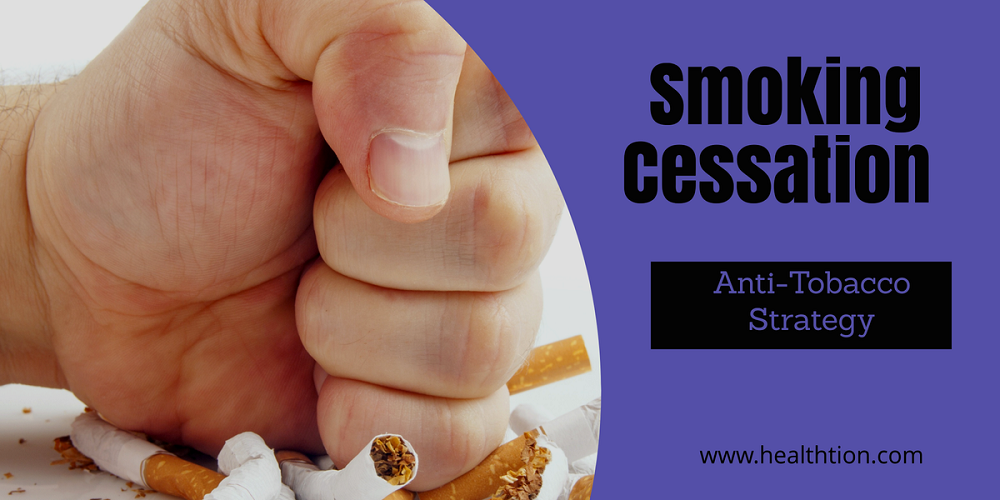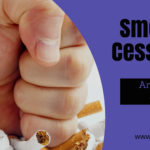Smoking tobacco dramatically increases the risk of developing many diseases. It is responsible for a substantial majority of cases of lung cancer and chronic obstructive pulmonary disease, and most smokers die either from these respiratory diseases or from ischaemic heart disease. Smoking also causes cancers of the upper respiratory and gastrointestinal tracts, pancreas, bladder and kidney, and increases risks of peripheral vascular disease, stroke and peptic ulceration. Maternal smoking is an important cause of fetal growth retardation. Moreover, there is increasing evidence that passive (or ‘secondhand’) smoking has adverse effects on cardiovascular and respiratory health.
When the ill-health effects of smoking were first discovered, doctors imagined that warning people about the dangers of smoking would result in them giving up. However, it also took increased taxation of tobacco, banning of advertising and support for smoking cessation to maintain a decline in smoking rates. In several European countries (including the UK), this has culminated in a complete ban on smoking in all public places – legislation that only became possible as the public became convinced of the dangers of secondhand smoke. However, smoking rates remain high in many poorer areas and are increasing amongst young women. In many developing countries, tobacco companies have found new markets and rates are rising. Worldwide, there are approximately 1 billion smokers, and it is estimated by WHO that 6 million die prematurely each year as a result of their habit.
In reality, there is a complex hierarchy of systems that interact to cause smokers to initiate and maintain their habit. At the molecular and cellular levels, nicotine acts on the nervous system to create dependence, so that smokers experience unpleasant effects when they attempt to quit. So, even if they know it is harmful, the role of addiction in maintaining the habit is important. Influences at the personal and social level are just as important. Many individuals bolster their denial of the harmful effects of smoking by focusing on someone they knew personally who smoked until he or she was very old and died peacefully in bed. Such strong counterexamples help smokers to maintain internal beliefs that comfort them when presented with statistical evidence.
Methods for smoking cessation
According to smokers compliance, Methods are divided into 4 categories.
1) Smokers who are not motivated to try to stop smoking:
• Record smoking status at regular intervals
• Anti-smoking advice
• Encourage change in attitude towards smoking to improve motivation
2) Motivated light smokers (< 10/day):
• Anti-smoking advice
• Anti-smoking support programme
3) Motivated heavy smokers (10–15/day):
• As above plus nicotine replacement therapy (NRT) (minimum 8 weeks)
4) Motivated heavy smokers (> 15/day):
• As above plus bupropion if NRT and behavioural support are unsuccessful and patient remains motivated
*Based on Coleman T. Smoking cessation: integrating recent advances with clinical practice. Thorax 2001; 56:579–582, with permission from the BMJ Publishing Group
EBM: Smoking cessation
‘Placebo or will-power alone has a ~2% chance of abstinence for ≥ 6 months. This can be increased by the percentage
shown by:
• Written self-help materials: 1%
• Opportunistic advice from doctor: 2%
• Face-to-face behavioural support from specialist: 4–7%
• Proactive telephone counselling: 2%
• NRT with limited or intensive behavioural support: 5–12%
• Bupropion with intensive behavioural support: 9%.
Young female smokers are often motivated more by the desire to ‘stay thin’ or ‘look cool’ than to avoid an illness in middle life. Even if a smoker decides to quit, there are a variety of influences in the wider environment that reduce the chances of sustained success, including peer pressure, cigarette advertising, and finding oneself in circumstances where one previously smoked. The tobacco industry works very hard to maintain and expand the smoking habit, and its advertising budget is much greater than that available to health promoters.
Sometimes it is said that smoking tobacco is the true gateway of all addiction like Cannabis addiction, Alcohol, Meth-amphetamine etc. In the way of quitting any addiction specially smoking- withdrawal symptoms plays great role as hurdle. So if you can overcome withdrawal symptoms, you will be the ultimate gainer.
Strategies to help individuals quit smoking are outlined above. Although the success rates are modest, these interventions are cost-effective and form an important part of the overall anti-tobacco strategy.









Thanks a lot for giving everyone an extremely superb opportunity to read from this web site. It is usually very beneficial and jam-packed with a great time for me and my office colleagues to visit your website on the least three times a week to read through the new items you will have. And indeed, I am usually amazed concerning the impressive secrets you serve. article are in reality the finest we’ve ever had.